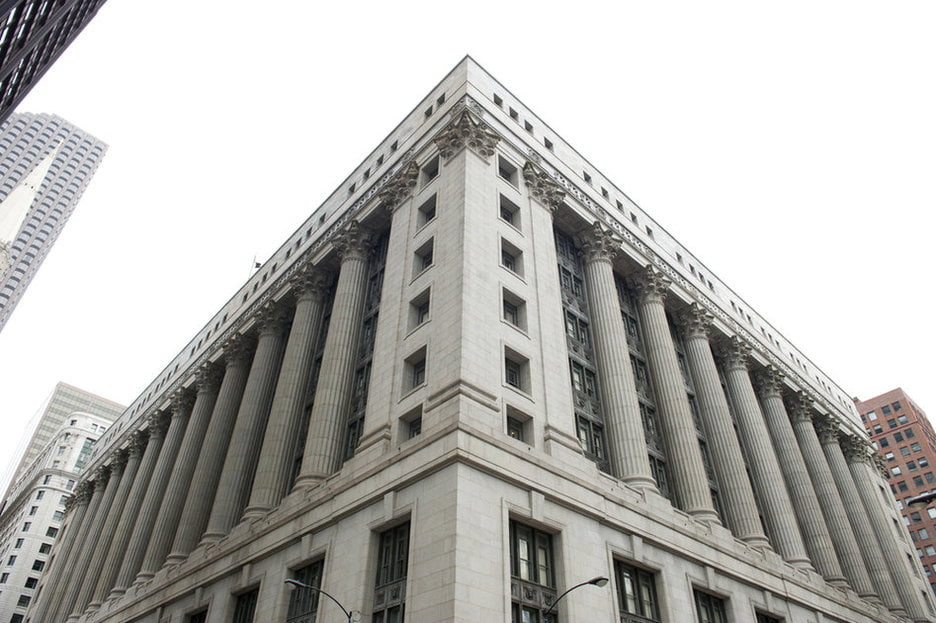

Chicago has added a new design office and director to its municipal government, making it the most recent in a wave of cities embracing design philosophies to create services and platforms that better serve constituents.
Chicago created its design office earlier this year, establishing it within the city’s existing Department of Innovation and Technology, where much of its gov tech and innovation work resides, at the behest of the department and mayor’s office. And as of right now, the office is essentially staffed by a team of one: design director Jason Kunesh. In a recent phone conversation with Government Technology, Kunesh described his new role with the city, talking short- and long-term goals alike, as well as more abstract matters, like the role of designers as culture change agents in city halls.
Kunesh’s main work right now pertains to Chicago’s 311 system, a platform that residents can use to request non-emergency city services, such as information on events or having potholes filled on their streets. Similar 311 platforms have become commonplace in cities across the country over the past decade, and Kunesh said his new role was created as part of a 311 modernization effort.
“They wanted someone on staff who is responsible for resident engagement,” Kunesh said. “Just making sure that as we go through the process, we’re listening to residents, understanding what it is that they want and how they think of city services, how they access them, and even if they’re aware of them in some cases.”
A big part of his work in that capacity is to ensure that as updates and changes are made to the 311 system, resident engagement continues to factor into the process. Design philosophy is such that it takes into account the experiences of human users with platforms and systems. Using a familiar phrase, Kunesh described it as “rinse, lather, repeat.” What he means is that what his office does is collect input and make a change based on that input, and then repeat.
It’s a design philosophy employed often by companies in the private sector, and it’s becoming increasingly common in government circles, too. There are, however, some changes that working in the public sector requires of designers, said Kunesh, who comes largely from a private-sector background.
“One of the big differences between the corporate world and the government world,” Kunesh said, “is that we’re not trying to invent product market fit. We have very specific things we need to get done. Right now, we handle 4 million 311 requests a year. The majority of those come in via phone, more than half of them are information-based. You look at that and you think, ‘Wow, if we made a really good website that people could easily search, they might be able to find it just as easily.’”
As his role continues to develop, Kunesh said plans call for potentially developing more robust public-private partnerships with resources in the city. These could range from Chicago’s design firms to the world-class academic institutions there, which continue to partner with municipal innovation agencies on data work and other endeavors. Chicago also has a thriving civic tech community that meets weekly at Chi Hack Night, which could be leveraged by the city from a design perspective.
In terms of municipal governments increasingly adding designers, it’s a trend that’s still relatively new. Stephanie Wade, lead for Bloomberg Philanthropies’ Innovation Teams program, said earlier this year that more than 20 of that program’s i-teams now have designers in them — a stark contrast from when the work started several years ago.
“Design and designers are still relatively new to city halls,” Wade said in July, “but they’re increasingly becoming more popular and more prevalent. It’s definitely something that’s growing.”
Wade and other gov tech experts have said that designers bring a resident-oriented perspective to city government, a different sort of focus on how to solve local challenges. Kunesh said that in this first year of his new government career, there has been education on both sides, both in terms of public servants learning what he does and his own learning about the needs and role of local government.
Moving forward, plans call for looking at the government design and innovation work being done at the federal level by groups like the United States Digital Service and 18F, finding ways to replicate it for Chicago and other local jurisdictions. The city has also created a website to house related work here.
[“source=TimeOFIndia”]





